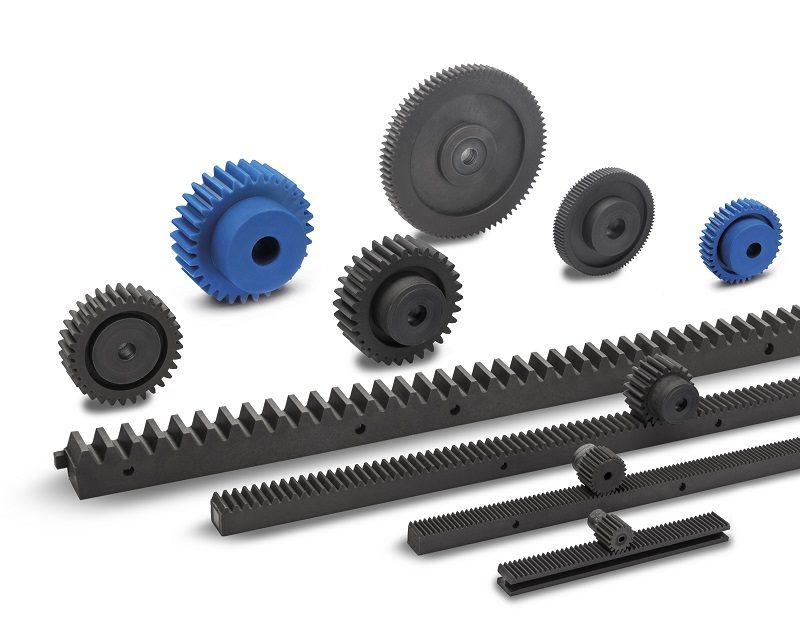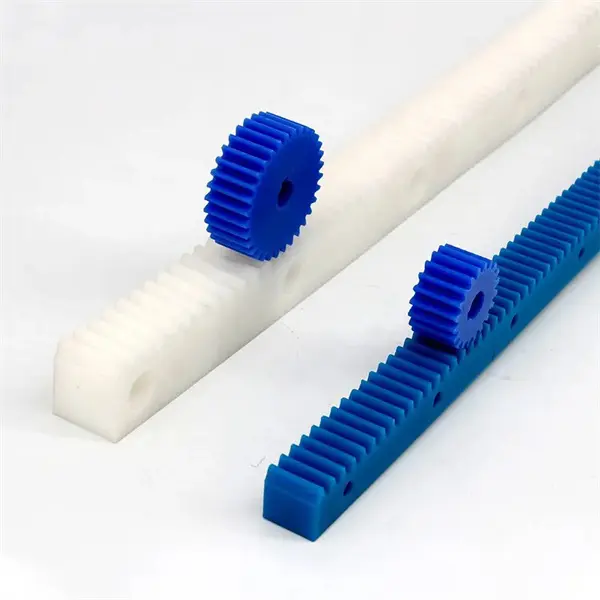Product Description
Product Description
Custom Non-Standard Steel CNC Drilling Machining Parts for Precision Shaft
1. Precision CNC machining parts strictly follow customers’ drawing, packing, and quality requirements.
2. Tolerance: between+/-0.01mm;
3. The high-tech CMM inspector to ensure the quality;
4. Full-Experienced engineers and well professional trained workers;
5. Fast delivery time;
6. Professional advice for our customers;
Detailed Photos
Product Parameters
Our advantage of cnc machining:
| Business Type | Beyond the Manufacturer and strong organized ability in the industrial |
| Benefits | 1. Deeper industrial experience at CNC machining parts service for more than 10-years,our customer’s requirement is our 1st priority. 2. 2D or 3D files is available; 3. We trust the quality priority and we insist the good quality should be based on the customers’ satisfied; 4. Without any MOQ requirement; 5.Faster delivery time; 6. Customized size and specification /OEM available 7. Near ZheJiang Port |
The material
| Materials Accept |
Stainless Steel | SS201, SS303, SS304, SS316 etc. |
| Steel | Q235, 20#, 45#, | |
| Brass | C36000 ( C26800), C37700 ( HPb59), C38500( HPb58), C27200(CuZn37) , C28000(CuZn40) | |
| Iron | 1213, 12L14,1215 etc. | |
| Bronze | C51000, C52100, C54400, etc. | |
| Aluminum | Al6061, Al6063,AL7075,AL5052 etc | |
| Plastic | ABS,POM,PC(Poly-Carbonate),PC+GF,PA(nylon),PA+GF, PMMA(acrylic)PEEK,PEI etc) |
Packaging & Shipping
- We prefer DHL or TNT express or other air freight between 1kg-100kg.
- we prefer sea freight more than 100kg or more than 1CBM
- As per customized specifications.
Company Profile
About us
HangZhou CHINAMFG Technology Co.,Ltd is located in HangZhou City, ZheJiang Province, Which closed the ZheJiang .The Emitech Technology is mainly engaged in the CNC Machinery Industrial Service for 15 years. Our Parts are sold to Europe, America, Japan, South Korea and China in various kinds of industrial.At present, Our company has CNC Turning machines and CNC centers and equip with professional quality and testing instruments.We have full OEM Experience from worldwide, providing them with One-stop solutions for a broad range of applications.We look CHINAMFG to cooperating with you!
Our Advantages
1. Precision CNC machining parts strictly follow customer’s drawing,packing and quality requirement.
2. Tolerance: between+/-0.01mm;
3. The high-tech CMM inspector to ensure the quality;
4. Full-Experienced engineers and well professional trained workers;
5. Fast delivery time;
6. Professional advice for our customers;
After Sales Service
CNC machining prototype design rapid prototyping
We usually provide 12 Months repair service. If our duty, we will respond to send the new parts.
Our Service
| Our Processing | CNC center, CNC milling, CNC turning, drilling, grinding, bending, stamping, tapping, |
| Surface finish | Polishing, sandblasting, Zinc-plated, nickel-plated, chrome-plated, silver-plated, gold-plated, imitation gold-plated, |
| Tolerance | 0.05mm~0.1mm |
| QC System | 100% inspection before shipment |
| Drawing format | CAD / PDF/ DWG/ IGS/ STEP |
| Packaging | Plastic bag/Standard package / Carton or Pallet / As per customized specifications |
| Payment Terms | 30 -50%T/T in advance, 70-50% balance before delivery; Pay Pal or Western Union is acceptable. |
| Trade terms | EXW, FOB, CIF, As per the customer’s request |
| Shipment Terms |
1)We prefer DHL or TNT express or other air freight between 1kg-100kg. 2) we prefer sea freight more than 100kg or more than 1CBM |
| Note | The CNC machining parts are usually custom-made based on the customer’s drawings and samples. So we need the Down Payment |
/* January 22, 2571 19:08:37 */!function(){function s(e,r){var a,o={};try{e&&e.split(“,”).forEach(function(e,t){e&&(a=e.match(/(.*?):(.*)$/))&&1
| After-sales Service: | Prepair |
|---|---|
| Warranty: | 1 Years |
| Condition: | New |
| Certification: | CE, RoHS, GS, ISO9001 |
| Standard: | DIN, ASTM, GOST, GB, JIS, ANSI, BS |
| Customized: | Customized |
| Samples: |
US$ 10/Piece
1 Piece(Min.Order) | |
|---|
| Customization: |
Available
| Customized Request |
|---|

What types of materials are typically used for rack and pinion components?
Various materials are used for manufacturing rack and pinion components, depending on the specific application requirements and operating conditions. The choice of materials is crucial to ensure the performance, durability, and reliability of the rack and pinion system. Here are some types of materials that are typically used for rack and pinion components:
- Steel Alloys: Steel alloys are commonly used for rack and pinion components due to their excellent strength, hardness, and wear resistance. Different types of steel alloys, such as carbon steel, alloy steel, or tool steel, may be employed based on the desired properties and load requirements. Steel offers good durability and can withstand heavy loads, making it suitable for various industrial applications.
- Stainless Steel: Stainless steel is another popular material choice for rack and pinion components, especially in applications where corrosion resistance is critical. Stainless steel offers excellent resistance to rust, oxidation, and chemical corrosion, making it suitable for environments with high humidity, moisture, or exposure to corrosive substances. It provides good strength and durability while maintaining a clean and aesthetic appearance.
- Cast Iron: Cast iron is sometimes used for rack and pinion components, particularly in larger or heavier-duty applications. Cast iron possesses high compressive strength, good vibration damping properties, and excellent wear resistance. It can handle substantial loads and is suitable for applications where noise reduction and stability are important factors.
- Non-Ferrous Alloys: Non-ferrous alloys, such as bronze or brass, are utilized in specific cases where their unique properties are advantageous. These alloys offer good corrosion resistance, high machinability, and low friction characteristics. They are often chosen for applications where self-lubrication or compatibility with softer mating materials is required.
- Plastics and Polymers: Certain plastic materials and polymers, such as nylon, acetal, or polyethylene, are used for rack and pinion components in specific applications. These materials offer advantages such as low friction, self-lubrication, lightweight, and resistance to chemicals or moisture. Plastic components can contribute to quieter operation, reduce the need for external lubrication, and provide cost-effective solutions in certain environments or applications.
- Specialized Alloys and Coatings: In some demanding applications, specialized alloys or coatings may be employed to enhance the performance of rack and pinion components. For example, hardened or heat-treated alloys can provide increased strength and durability. Coatings such as chrome plating or nitriding can improve wear resistance and reduce friction. These materials and coatings are typically chosen for specific requirements, such as high-load capacities, extreme operating conditions, or extended service life.
It is important to note that the selection of materials for rack and pinion components depends on various factors, including load capacity, speed, environmental conditions, cost considerations, and specific application requirements. Engineers and manufacturers evaluate these factors to determine the most suitable material or combination of materials that will optimize the performance and longevity of the rack and pinion system.

How do rack and pinion systems contribute to efficient power transmission?
Rack and pinion systems contribute to efficient power transmission by providing a direct mechanical linkage between the steering input and the wheels. Here’s a detailed explanation:
- Direct Power Transfer: Rack and pinion steering systems offer a direct connection between the steering wheel and the wheels. When the driver turns the steering wheel, the rotational motion is transferred directly to the pinion gear, which engages with the rack. This direct power transfer minimizes energy loss and ensures efficient transmission of the steering input to the wheels.
- Reduced Friction and Play: Rack and pinion systems typically have lower friction and play compared to other steering mechanisms, such as recirculating ball systems. The rack and pinion design consists of a toothed rack and a pinion gear that mesh together with precise tolerances. This close engagement minimizes backlash and play, reducing the energy loss that can occur due to internal friction or mechanical slack. The reduced friction and play contribute to improved power transmission efficiency.
- Linear Motion Conversion: The rotational motion of the pinion gear is converted into linear motion along the rack. This linear motion directly translates into the lateral movement of the wheels, allowing for efficient steering control. The linear motion conversion eliminates the need for complex linkage systems or additional components, reducing mechanical losses and improving power transmission efficiency.
- Optimized Gear Ratios: Rack and pinion systems can be designed with optimized gear ratios to further enhance power transmission efficiency. The gear ratio determines the ratio between the rotational motion of the steering wheel and the linear motion of the wheels. By carefully selecting the gear ratio, the system can be tailored to provide a balance between steering effort and the required wheel movement. This optimization ensures that the power transmitted from the steering input is efficiently utilized to achieve the desired wheel rotation.
- Minimal Energy Loss: Due to the direct mechanical linkage and the absence of intermediate components, rack and pinion systems minimize energy loss during power transmission. The efficient power transfer helps reduce the amount of effort required from the driver to turn the wheels, particularly at low speeds or during parking maneuvers. As a result, the vehicle’s power source, whether it’s the engine or an electric motor, is utilized more efficiently, leading to improved fuel economy and overall energy efficiency.
In summary, rack and pinion systems contribute to efficient power transmission by providing a direct mechanical linkage, minimizing friction and play, converting rotational motion to linear motion, optimizing gear ratios, and minimizing energy loss. These features ensure that the power from the steering input is effectively transferred to the wheels, resulting in precise and responsive steering control while maximizing energy efficiency.

What is a rack and pinion system, and how does it work?
A rack and pinion system is a mechanism used to convert rotational motion into linear motion. It consists of two main components: a rack and a pinion. The rack is a linear gear with teeth along its length, while the pinion is a small gear with teeth that mesh with the rack. Here’s a detailed explanation of how a rack and pinion system works:
- The pinion, which is the smaller gear, is connected to a rotary motion source such as an electric motor or a manual crank.
- As the pinion rotates, its teeth engage with the teeth on the rack, causing the rack to move in a linear direction.
- The linear motion of the rack can be either back-and-forth or unidirectional, depending on the design and application.
- The teeth on the pinion and rack mesh together tightly, ensuring a positive and efficient transfer of motion.
- By varying the rotational speed and direction of the pinion, the linear motion of the rack can be controlled and adjusted.
- The rack and pinion system can be used to achieve various mechanical functions, such as linear actuation, positioning, or power transmission.
- Depending on the application, additional components such as guides, bearings, and support structures may be incorporated to enhance the system’s stability and performance.
- Rack and pinion systems are commonly used in a wide range of applications, including steering systems in automobiles, CNC machines, robotics, elevators, and other mechanisms that require precise linear motion.
The rack and pinion system offers several advantages, including simplicity, high efficiency, compactness, and the ability to convert rotational motion into linear motion with a relatively high degree of precision. However, it’s important to note that the system may generate some backlash or play due to the clearance between the teeth, which can be minimized through proper design and manufacturing techniques.


editor by Dream 2024-04-30